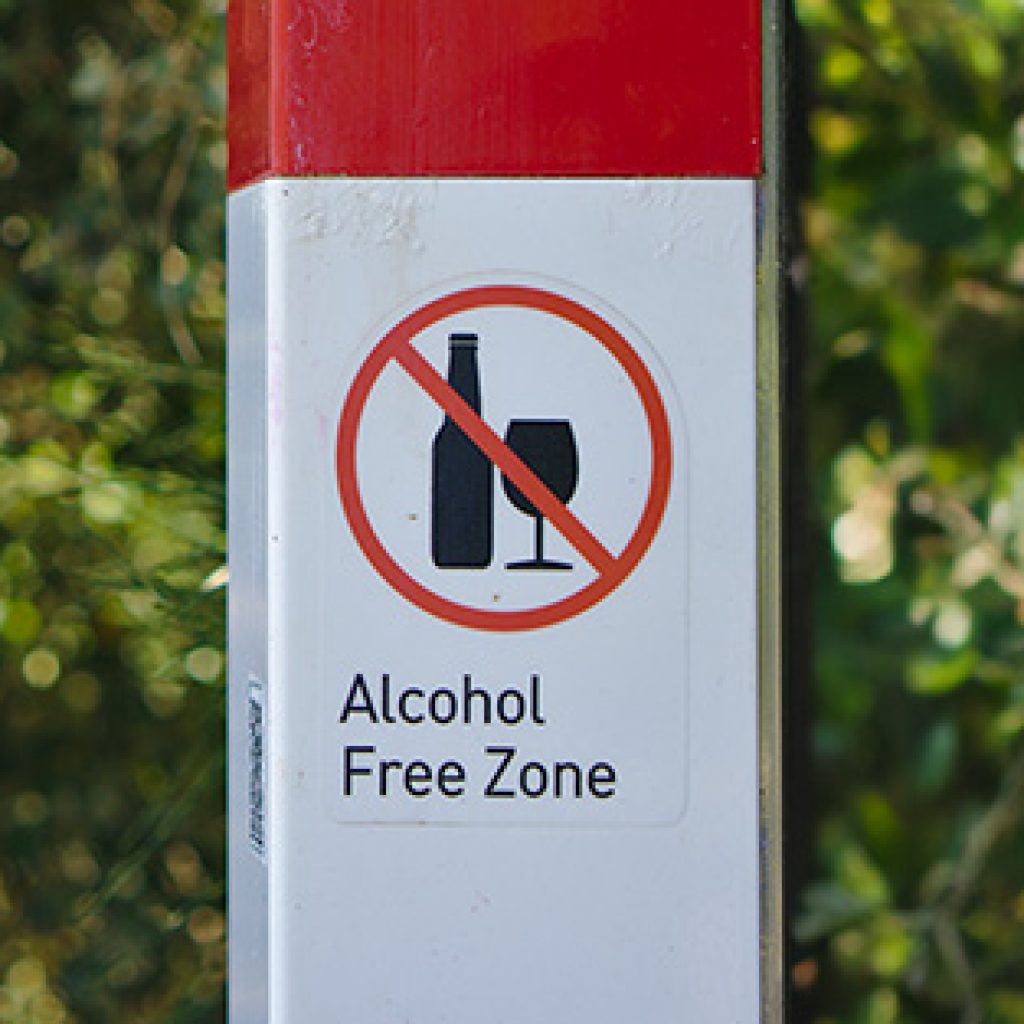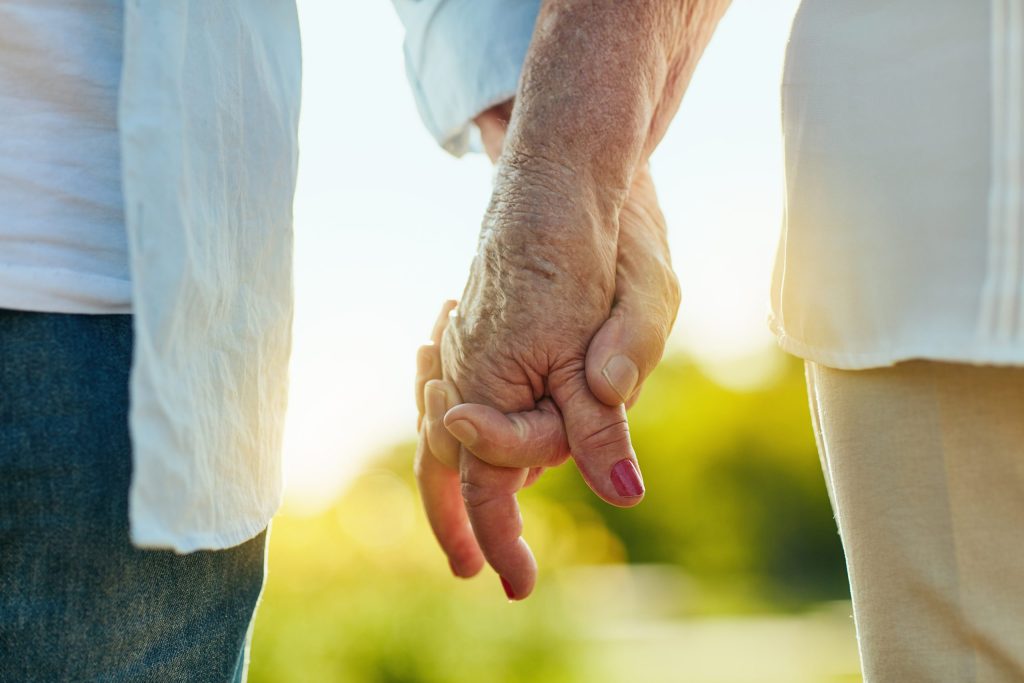20 Important Statistics and the Latest Research on Eating Disorders
People of every age, race, size, gender identity, and sexual orientation experience eating disorders. According to National Association of Anorexia Nervosa and Associated Disorders (ANAD), at least 10% of the population is struggling with an eating disorder, disordered eating, and/or body image. ANAD has compiled the latest stats on eating disorders. Below are 20 of their top statistics.
20 Eating Disorder Statistics by ANAD
1. Eating disorders are among the deadliest mental illnesses, second only to opioid overdose. Each year, there are approximately 10,200 deaths (1 death every 52 minutes) that are the direct result of an eating disorder.
2. Approximately, 26% of people with eating disorders attempt suicide.
3. The total estimated economic cost of eating disorders is $64.7 billion every year.
4. Less than 6% of people with eating disorders are medically diagnosed as “underweight.”
5. Larger body size is a risk factor for developing an eating disorder. In addition, a larger body size can be a common outcome for people who struggle with bulimia and binge eating disorder.
6. BIPOC are significantly less likely to have been asked by a doctor about eating disorder symptoms.
7. BIPOC with eating disorders are half as likely to be diagnosed or to receive treatment.
8. Gay men are seven times more likely to report binge-eating and twelve times more likely to report purging than heterosexual men.
9. Transgender college students report experiencing disordered eating at approximately four times the rate of their cisgender classmates.
10. Gender dysphoria and body dissatisfaction in transgender people is often cited as a key link to eating disorders.
11. Women with physical disabilities are more likely to develop eating disorders.
12. Athletes are more likely to screen positive for an eating disorder than non‐athletes, but percentages across all probable eating disorder diagnoses are similar.
13. Athletes may be less likely to seek treatment for an eating disorder due to stigma, accessibility, and sport‐specific barriers.
14. The most common type of eating disorders among military members is bulimia nervosa.
15. Body dysmorphic disorder affects 1-3% of the overall population but 13% of male military members and 21.7% of female military members.
16. A survey of 3,000 female military members found that the majority of respondents exhibited eating disorder symptoms.
17. 42% of 1st-3rd grade girls want to be thinner.
18. 81% of 10-year-old children are afraid of being fat.
16. A survey of 3,000 female military members found that the majority of respondents exhibited eating disorder symptoms.
17. 42% of 1st-3rd grade girls want to be thinner.
18. 81% of 10-year-old children are afraid of being fat.
19. 46% of 9–11-year-olds are “sometimes” or “very often” on diets.
20. In a college campus survey, 91% of the women admitted to controlling their weight through dieting.
The Latest Research Findings
Identifying Changes in the Brain to Understand the Root Cause of Eating Disorders, and other mental Health Conditions
To better understand the root cause of eating disorders, several studies are now looking to neuroscience to better understand what might be going on. As the field of neuroscience becomes prominent, we are learning more and more about the brain and what is different in people eating disorders. In a recent study conducted at the University of Cambridge, researchers found that the part of the brain that interprets physical signals (or cues) in the body (i.e., interoception) functions differently in those with mental health disorders, including those with eating disorders. One region of the brain that has been identified is the mid-insula and is responsible for how the brain interpretates physical sensations. For example, a person with anorexia may feel uncomfortably full, when they haven’t eaten very much. In a study with 1,236 participants (626 people diagnosed with either bipolar, anxiety, major depression, anorexia or schizophrenia, and 610 mentally healthy controls), the researchers found that people who had a mental health disorder had different brain activation when processing pain, hunger, and other interoceptive signals compared to the control group. Researchers are hopeful that identifying ways to support the processing of physical signals may be an important treatment modality for the future (University of Cambridge, 2021).

Brain Stimulation: A Possible New Treatment Modality
Binge eating disorder is considered to be one of the most common eating disorders that affects a few million people and is also associated with obesity. In a clinical trial conducted by the University of Pennsylvania (2022), a small device was implanted into two patients who experience binge eating disorder to detect food-craving in the brain region of the nucleus accumbens. When a craving was registered by the device, the device stimulated the brain region. After six months, the patients reported far fewer binge episodes, and lost weight. The researchers are currently recruiting for a larger study, in order to continue exploring the efficacy of these findings.

Debunking the Myth that Binge Eating is the Result of Stress
One prominent theory that is related to binge-eating is that it is a result of stress and causes individuals to experience difficulties with self-control. In a study conducted at the University of Cambridge (2021), they determined that contrary to this theory people with eating disorders did not lose self-control with regards to eating under stress. They were instead, surprised to find that participants (the control group and those with binge-eating disorders) showed differences in brain activity when they were under stress. More specifically, they found activity levels in two key brain regions were associated with the amount of calories consumed, which may suggest that these regions are important for dietary control. In addition, they found that women who experience bulimia seem to experience challenges when it comes to slowing down in responses to changes in their environment, which may lead to hasty decision making. Further research needs to be conducted in order to understand these findings.
 In a separate study, researchers at the University of Cambridge (2021) took blood samples and found specific metabolic markers that are associated with our sense of satiety are affected by stress. Women who experienced anorexia nervosa had an increase in ghrelin, a hormone that signals hunger, and an increase in peptide tyrosine tyrosine (PYY), a satiety hormone. They found that under stress, their bodies are sending them mixed messages, as their hormones are producing both the hunger hormone, and the satiety hormone telling their body they are full. Professor Paul Fletcher, noted: “It’s clear from our work that the relationship between stress and binge-eating is very complicated. It’s about the environment around us, our psychological state and how our body signals to us that we’re hungry or full.”
In a separate study, researchers at the University of Cambridge (2021) took blood samples and found specific metabolic markers that are associated with our sense of satiety are affected by stress. Women who experienced anorexia nervosa had an increase in ghrelin, a hormone that signals hunger, and an increase in peptide tyrosine tyrosine (PYY), a satiety hormone. They found that under stress, their bodies are sending them mixed messages, as their hormones are producing both the hunger hormone, and the satiety hormone telling their body they are full. Professor Paul Fletcher, noted: “It’s clear from our work that the relationship between stress and binge-eating is very complicated. It’s about the environment around us, our psychological state and how our body signals to us that we’re hungry or full.”
Ready to Learn More About the Latest in Eating Disorders?
Register for this self-paced, online course from CASAT Learning, “Understanding Eating Disorders: Critical Components of Assessment and Treatment.”
Eating disorders have the second highest mortality rate of any mental illness and are unique among mental health disorders in that they manifest in physical, behavioral and mental health complications. Each can lead to serious and life-threatening illnesses such as diabetes, cancer, organ failure and even death if not treated. Anorexia Nervosa is the third most common chronic illness among adolescents. Young women who suffer from this illness have a mortality rate that is 12 times higher than average, making it the mental health illness with the highest premature mortality rate. If left untreated, eating disorders tend to become more severe and less receptive to treatment. (Becker, Franko, Nussbaum, & Herzog, 2004; Fichter, Quadflieg, & Hedlund, 2006).
It is important to acknowledge that developing an eating disorder is not a conscious choice. Adolescents suffering from eating disorders often do not understand the severity of their illness and are thus reluctant to seek help or commit to the appropriate level of intensity of intervention. Their families and support systems may also be blinded to the condition and need for immediate treatment. To prevent chronic malnutrition, long-term health complications and death, it is critical to pursue early and intensive intervention strategies. Detecting and treating eating disorders as soon as possible saves lives. When considering the scope of the impact of eating disorders on a global scale, understanding a few important empirically based facts is critical:
Learning Objectives:
Following this training, participants will be able to:
- identify patterns of disordered eating
- assess for eating disorders -diagnose eating disorders
- make appropriate level of care recommendations for eating disorders
- understand basics of the ethical treatment of eating disorders
Presented by:
Kat Geiger, LCSW, CEDS-S, PMH-C
Continuing Education Units:
6 CEUs
This learning event is approved for CEUs by the following professional organizations:
- National
-
- National Association of Alcohol & Drug Abuse Counselors (NAADAC)
- International Certification & Reciprocity Consortium (IC&RC)
- Nevada
-
- Nevada Board of Examiners for Alcohol, Drug, & Gambling Counselors
- Nevada State Board of Nursing
- Board of Examiners for Marriage and Family Therapists and Clinical Professional Counselors
- State of Nevada Board of Examiners for Social Workers
References
National Association of Anorexia Nervosa and Associated Disorders. (2022). Eating disorder statistics: General & Diversity Stats. ANAD. Retrieved November 7, 2022, from
University of Cambridge. (2021, April 12). Stress does not lead to loss of self-control in eating disorders. ScienceDaily. Retrieved November 7, 2022 from www.sciencedaily.com/releases/2021/04/210412132951.htm
University of Cambridge. (2021, June 22). Study shows brain differences in interpreting physical signals in mental health disorders. ScienceDaily. Retrieved November 7, 2022 from www.sciencedaily.com/releases/2021/06/210622091610.htm
University of Pennsylvania School of Medicine. (2022, August 29). Deep brain stimulation shows promise against binge eating disorder: Pilot study finds that implanted brain-stimulating device dramatically reduced bingeing episodes and helped patients lose weight. ScienceDaily. Retrieved November 7, 2022 from www.sciencedaily.com/releases/2022/08/220829143924.htm
Blog Post Tags:
Related Blog Posts
Related Learning Labs
Related Resources
.
- Buscar Tratamiento de Calidad para Trastornos de uso de Sustancia (Finding Quality Treatment for Substance Use Disorders Spanish Version)
- Finding Quality Treatment for Substance Use Disorders
- Focus On Prevention: Strategies and Programs to Prevent Substance Use
- Monthly Variation in Substance Use Initiation Among Full-Time College Students
- The National Survey on Drug Use and Health (NSDUH) Report: Monthly Variation in Substance Use Initiation Among Adolescents








